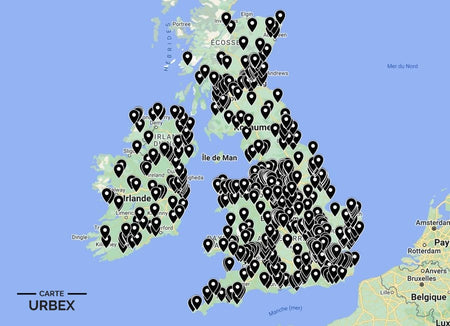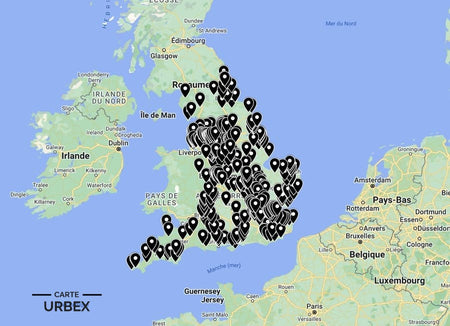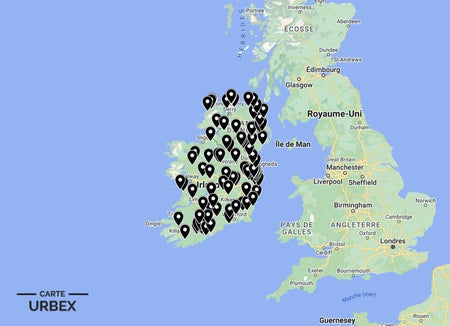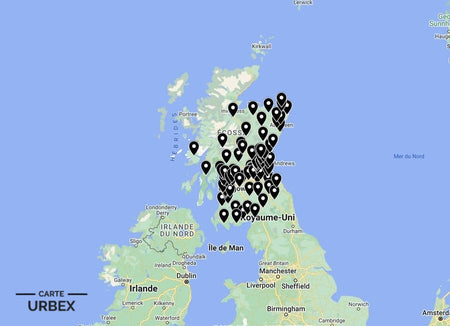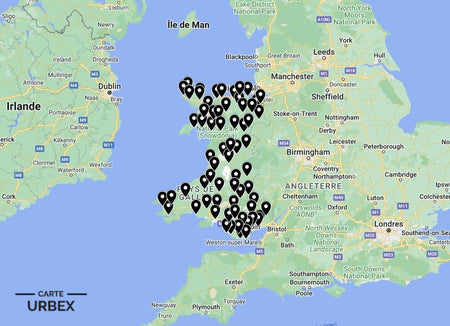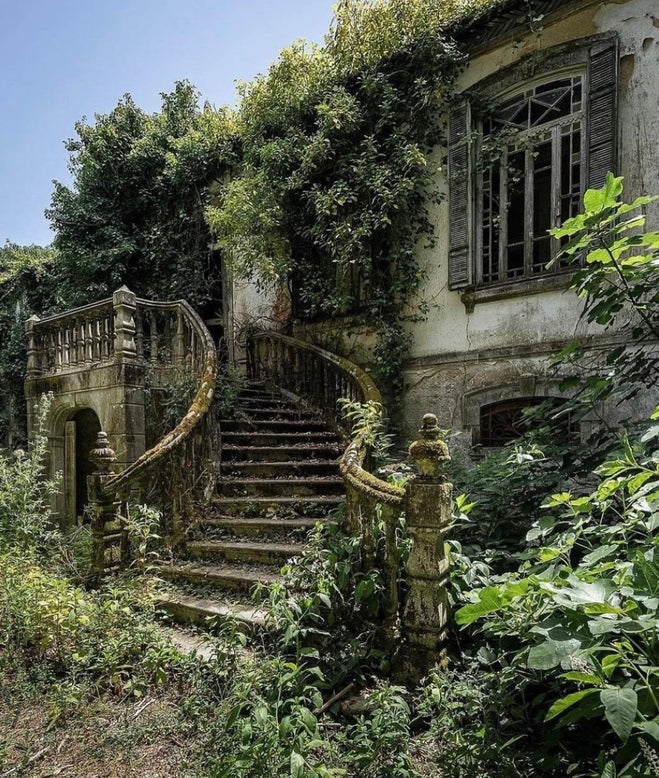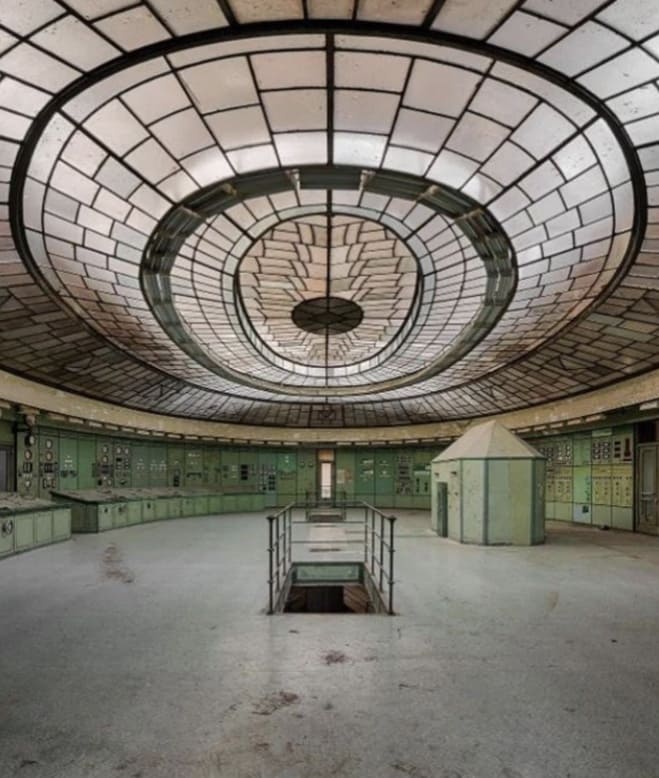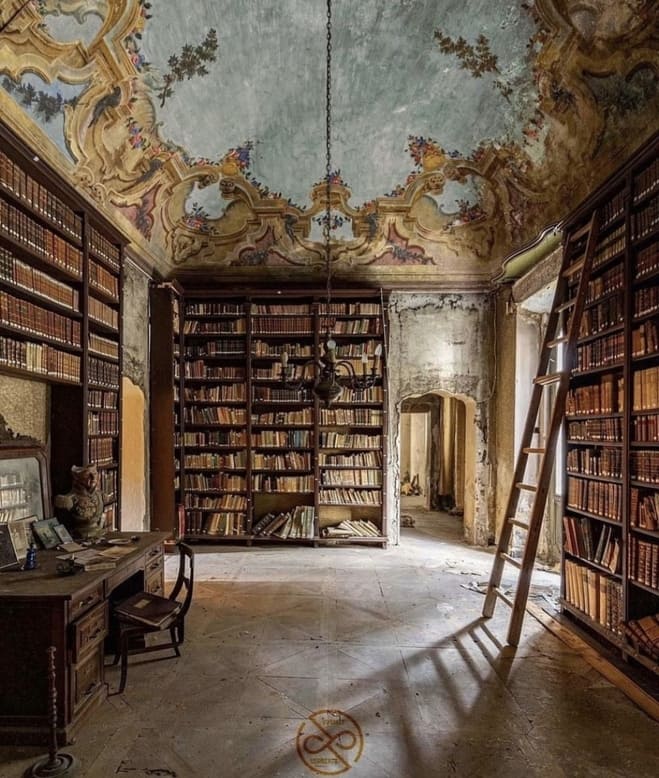Discover the Top 5 Abandoned Places in Birmingham: explore eerie, historic locations perfect for urbex enthusiasts and lovers of mystery.
Birmingham, a city with a rich industrial heritage, is dotted with abandoned places that showcase its past. From historic factories and hospitals to disused cinemas and railway stations, these sites reveal a hauntingly beautiful side of Birmingham’s history. Here are 5 of the most captivating abandoned places in Birmingham for urban explorers and history enthusiasts.
1. The Grand Cinema
Opened in 1929, The Grand Cinema was once one of Birmingham’s grandest movie theaters, featuring a lavish Art Deco interior. After it closed in the 1980s, the cinema was left abandoned, with seats, old projectors, and parts of the ornate decor still intact. Its faded glamour and haunting emptiness make it a popular spot for photographers and urban explorers, although access is limited due to safety concerns.
2. Curzon Street Station
Curzon Street Station, one of the oldest railway stations in the world, opened in 1838 but closed to passengers in the 1960s. The grand entrance hall still stands as a relic of Birmingham’s railway heritage, though the platforms and tracks have long been abandoned. Plans for redevelopment are underway, but for now, the station’s quiet, decaying walls tell the story of Birmingham’s role in the Industrial Revolution.
3. Selly Oak Hospital
Established in the late 1800s, Selly Oak Hospital served the Birmingham area for over a century before closing in 2011. The abandoned hospital features empty wards, old medical equipment, and crumbling hallways that create an eerie atmosphere. Although parts of the site are restricted, it remains a favorite location for urban explorers interested in Birmingham’s medical history.
4. The Lucas Factory
The Lucas Factory, once a thriving manufacturer of electrical equipment and car parts, was a symbol of Birmingham’s industrial power. Since the factory’s closure in the early 2000s, the building has been left to decay, with rusting machinery, broken windows, and graffiti-covered walls. The site provides a hauntingly quiet reminder of Birmingham’s industrial roots and the decline of manufacturing in the area.
5. Monarch Laundry
Built in the early 20th century, the Monarch Laundry was once a busy launderette and dry-cleaning facility, providing services to much of Birmingham. Abandoned for years, the building still contains old laundry equipment, rusting pipes, and an array of vintage signage. Its derelict state and historical charm make it a fascinating spot for those interested in Birmingham’s working-class history.
Discover the best abandoned places with our maps !
Are you looking for the best urbex locations near you? Look no further! Whether you're a seasoned urban explorer or a curious hobbyist, our maps are full of abandoned places to explore. Discover our Maps !



